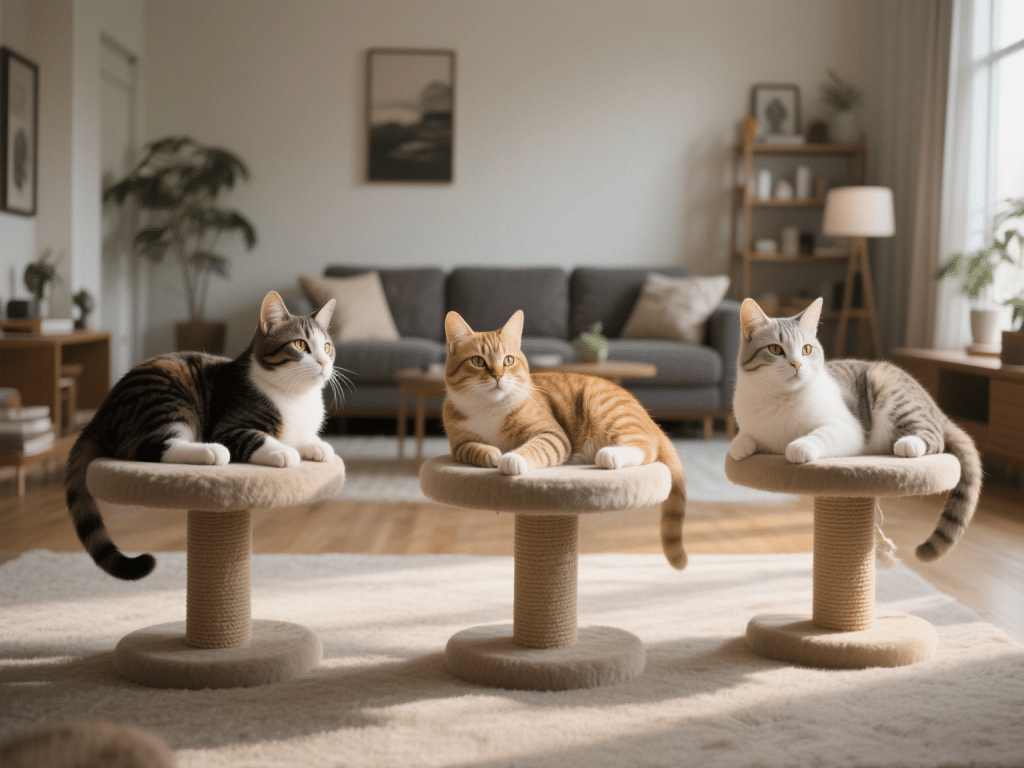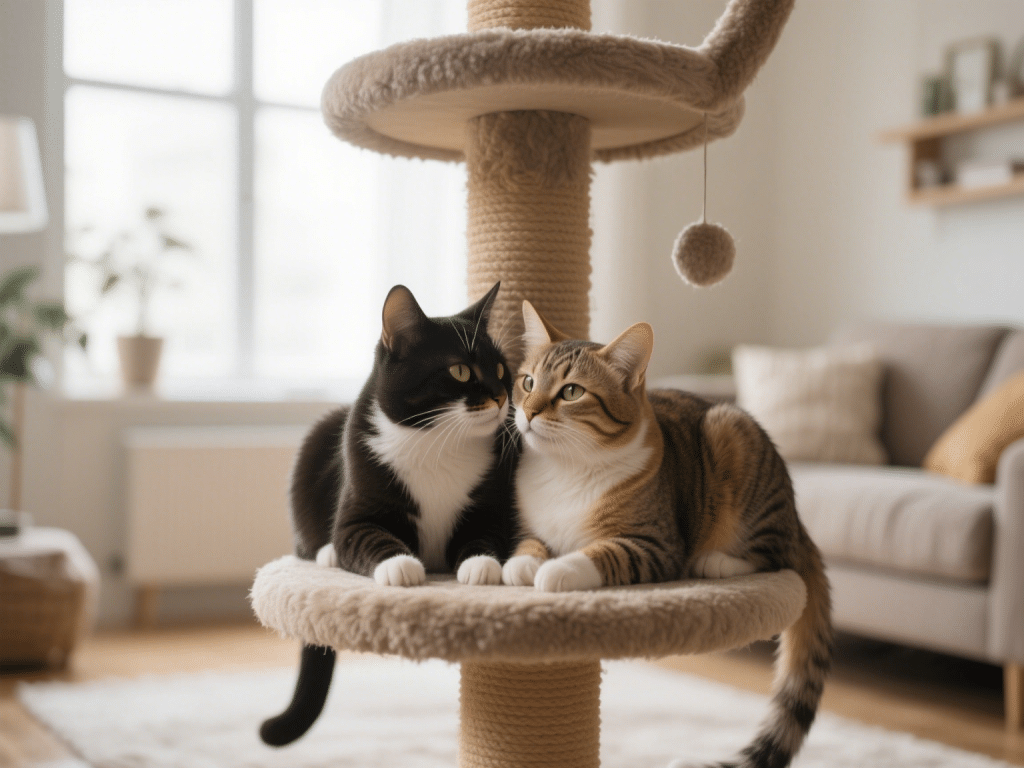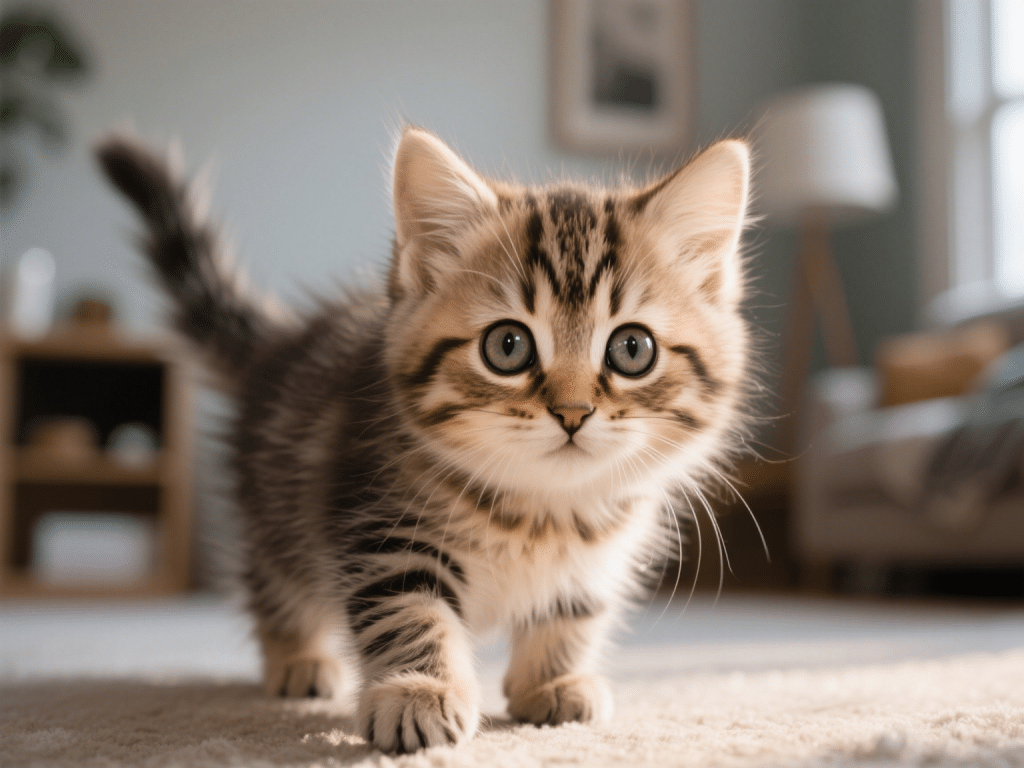
Sharing your home with multiple cats can be immensely rewarding—and occasionally challenging. Resource guarding, territorial disputes, and social hierarchies can spark tension. However, with thoughtful environment design, structured routines, and behavior‑based interventions, you can cultivate a harmonious, multi‑cat household. Drawing on feline social research and my own experience fostering groups of cats, here’s an actionable roadmap.
1. Resource Abundance
Feeding Stations: One per cat plus one extra, placed in quiet zones.
Litter Boxes: Number boxes = cats + 1, distributed across calm areas.
Sleeping & Hiding Spots: Vertical perches, covered beds, and boxes ensure personal retreats.
2. Spatial Zoning
Divide your home into “neighborhoods”:
Vertical Layers: Wall shelves at different heights reduce ground‑level encounters.
Safe Corridors: Clear paths between zones to prevent surprise meetings.
3. Scheduled Interactions
Group Play Sessions: Use wand toys for synchronized play, reinforcing positive associations.
Individual Attention: Daily one‑on‑one sessions prevent jealousy and affirm bonds.
4. Observing Social Signals
Calming Signals: Tail twitch, slow blink, or grooming another cat.
Conflict Cues: Direct staring, piloerection, or ear flattening mean give space.
5. Conflict Resolution Techniques
Redirected Play: Diffuse tension by suddenly introducing a toy.
Feliway MultiCat Diffusers: Reduce stress and territorial marking.
Gradual Reintroductions: If fights occur, separate cats and reintroduce via scent exchange and barrier sessions.
6. When to Seek Expert Help
Persistent aggression, sustained hiding by one cat, or physical injuries call for a veterinary behaviorist evaluation.
Takeaway: A multi‑cat home thrives on resource sufficiency, spatial complexity, and positive social rituals. By designing your environment and routines around feline social needs, you’ll nurture peace and deepen each cat’s sense of security.









Comments on " Managing Multi‑Cat Households: Reducing Conflict and Promoting Harmony" :